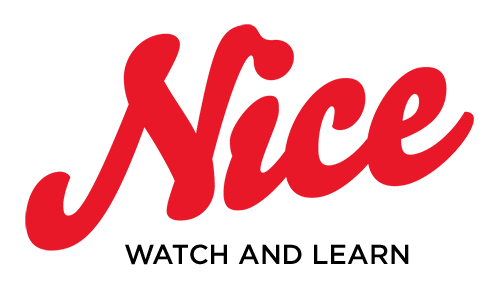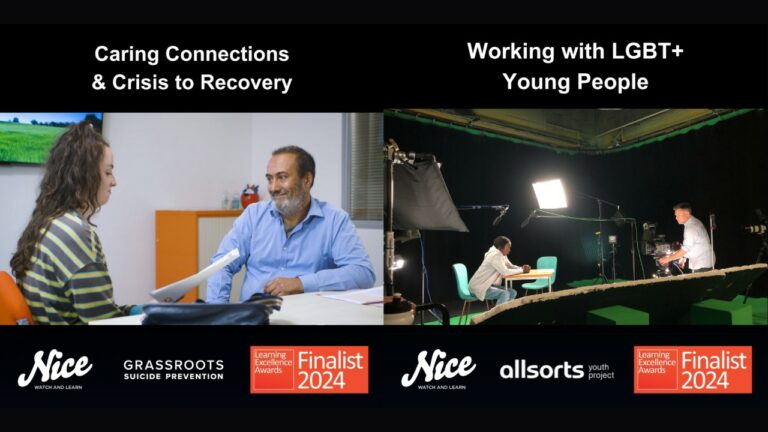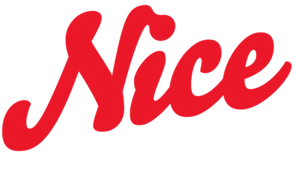My Story
A few years back I was trying to write a pitch for a major video production contract. I was feeling a bit short of ideas when I read an article about the importance of story in business communications. Suddenly story was the buzz. I felt on the back foot – what did I know about story? I had been a filmmaker for almost two decades and written plenty of narrative scripts, but I hadn’t been thinking about applying story structure to every video and every corporate communication I created.
I decided to go back to basics and ask – what are the fundamental elements of story?
Basic Principles
I began by reminding myself that story is innate to human culture. We can’t help but give meaning to anything and everything we observe or experience.
I drink a bottle of wine every Friday night – I work so hard I really deserve it.
I can see both sides of an argument – because I’m a Pisces.
My washing machine has broken down – it’s built-in obsolescence.
We hate it when anything in our world is meaningless so we assign meaning. And a meaning is a story.
Reminding myself that storytelling comes naturally to all of us was a useful grounding.
Basic Story Structure
Next I returned to what I know of classic story structure.
There’s ample evidence in the history of Hollywood and in the observations of every narrative theorist from Aristotle onward of the power of classical story structure. More recently brain scan studies have proven that a message delivered with classical story structure affects our brain chemistry positively. A good story conforms to a classic paradigm. Of course that paradigm can be twisted, but it remains the paradigm. It’s like a table – it can have four legs or one leg – as long as it stands up and you can put things on it it’s still a table.
We don’t have to achieve George Lucas or JK Rowling’s mastery of story structure to take advantage of it. I dug out this useful short-form of the elements of classical story structure:
GENRE
CHARACTER
FLAW
OBSTACLE
First the genre, because every genre has rules and audience expectations. In a press release we need to give facts, in a drama we need to entertain, in a feature article we need to have an original viewpoint on a subject. Genre gives us parameters to work within.
Next is the character – every story needs a protagonist. That protagonist can be a person, a company, a group or a product – but you must articulate the story through the focus of a single hero.
The other aspect of character to consider is that we all put people into categories whether we like it or not. Some business-world archetypes include Richard Branson as the free-thinking eccentric, Alan Sugar as the rough diamond, Nigella Lawson as the hard-nosed survivor.
And what about the flaw? Is this really appropriate in the context of commercial communications where we tend to avoid the negative? Well, yes. We all have weaknesses and we all strive to overcome them. Watching a character overcoming a flaw is how we empathise with them.
For a company the flaw may be that it’s a small start-up with no external investment. If it’s a CEO it might be that he or she is juggling work and child care. Not to say that being a parent is a flaw but it can function as such in this structure. Or if we’re telling the story of how someone succeeded in your company what did they have to contend with within themselves? A disability? Lack of key skill? New to the sector? A late starter?
An obstacle on the other hand is either literally or metaphorically a mountain to be climbed. It’s an external obstacle. Perhaps an opponent to be defeated.
Master an internal flaw to overcome an external obstacle and you’ve got a story.
Summary
Here are a couple of stories using this recipe:
A company profile video (genre): A small hi-tech start-up (character) overcomes its undercapitalised situation (flaw) to fight off fierce competition from wealthier firms (obstacle) and win an important contract. This becomes the foundation of its ensuing growth and dominance in the sector.
A personal profile for a speaking engagement (genre): The CEO (character), balancing caring for her new child with time at work (flaw), despite many naysayers (obstacle) carries her company to new heights.
And what about my story, the starting point for this article? This story has been a blog (genre) about a filmmaker (character) who had a crisis of faith (flaw) and with thought and study fought strong competition (obstacle) went on to win a contract with a story-based pitch.







